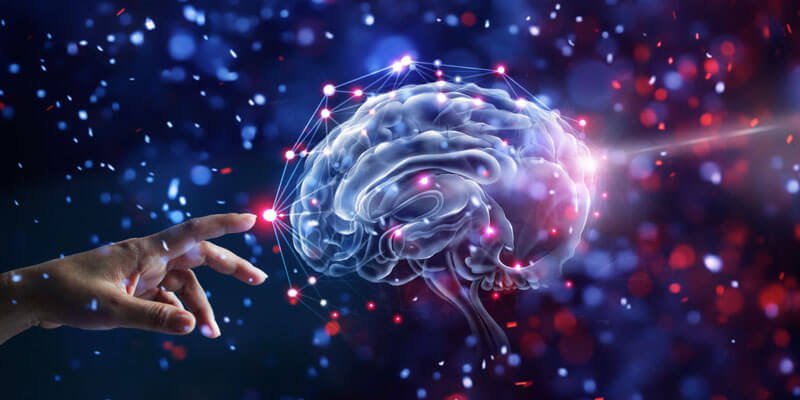Dreams are, in fact, a constant in life, or more precisely in living beings.
Democritus dreamed of the atom. But it was Aristotle, who did not have MRI equipment, who was the first to observe that even insects, such as bees, dream. They dream, perhaps with choreographies, nectar drawings, on the Hertzian stage of a solar catwalk. But they dream!
Freud, who did not know like Damasio the molecular, physiological, and anatomical nature of emotions, sensed in dreams the desires to interpret from the land of the subconscious. Desires for distant lands, for lunar surfaces.
Aserinsky and Kleitman, who did not know how to roll, found dream islands in the sea of sleep. They called these interior windows REM sleep (Rapid Eye Movement). For them, the neuronal activity expressed in the electrophysiological recordings is similar to that of the waking state, when we are awake.
But through these windows, we contemplate not moving. While the dream, this one, advances through these islands of REM sleep
Hobson and McCarley, without knowing how to fly, postulated that dreams are sensory experiences woven by the loom of the cerebral cortex, which uses threads of apparently chaotic signals, emanating from the Ponte de Varolio, the primal structure of the brainstem, which we share with reptiles and with the birds.
Payne and Nadal, who were not poets, defined the dream as the result of a semantics made with memories, which are consolidated in it in a fluid narrative, like pieces of waking life, but intangible and that escapes the most conscious memory.
If dreaming occurs, it is because it has a specific and useful function for neuronal networks and their complex interactions between different parts of the brain. It's because it was a better adaptation to evolutionary reality according to Darwin!
But what are the paths of the dream? In what waves of waves of impulses, so-called nervous, does he advance, among millions of neurons, to the shore of our consciousness?
In the dream oasis, essences revolt, fluctuations in the concentration of ions and molecules occur. But are there atoms and molecules in the dream?
Yes. Some ions, mainly sodium and potassium. And what molecules? Certain combinations of no more than two dozen atoms of carbon, oxygen, nitrogen and hydrogen. Atoms forged in stars, more or less distant, and that today form neurotransmitters, like caravels carrying messages.
Allan Hobson dreamed of quantifying the dream molecules. It showed that, in dream sleep, the concentrations in brain fluids of neurotransmitters such as serotonin, histamine and norepinephrine are decreased, and this inhibits the neuromotor pathways, relaxing the body.
On the other hand, cholinergic neurons in the Ponte de Varolio increase acetylcholine surges towards the cortex and at levels similar to the waking state. Is acetylcholine (C7H16NO2) the dream molecule?
In this biochemical window that is also the dream, the cerebral cortex tries to organize the incessant and anachronistic waves of impulses. And with the matrix of patterns made up of everyday sensations and emotions, the cortical brain sees, feels, hears without wasting the senses.
It revisits the notebook of our experiences, of our future plans and compares them, mixes them, experiences them in new interior scenarios, to forge in the sound and visual silence an “alchemy” of new and useful patterns of behavior. And it does all this and more, without tiring the body.
But in the sea of wakefulness, there are also dream islands. By daydreaming, we cogitate the resonances between past experiences with future possibilities, we allow new solutions, to old problems, to blossom out of tangled up reasons.
And through the palette of functional magnetic resonances, we dream of one day being able to see the colors of any dream, “like a colored ball in the hands of a child” as Rómulo de Carvalho wrote, dreaming, in his poetic pearl as António Gedeão.
Let's dream…
Author António Piedade is a Biochemist and Science Communicator. He published over 700 articles and chronicles of scientific dissemination in the Portuguese press and 20 articles in international scientific journals. He is the author of eight science dissemination books
Science in the Regional Press – Ciência Viva



















Comments